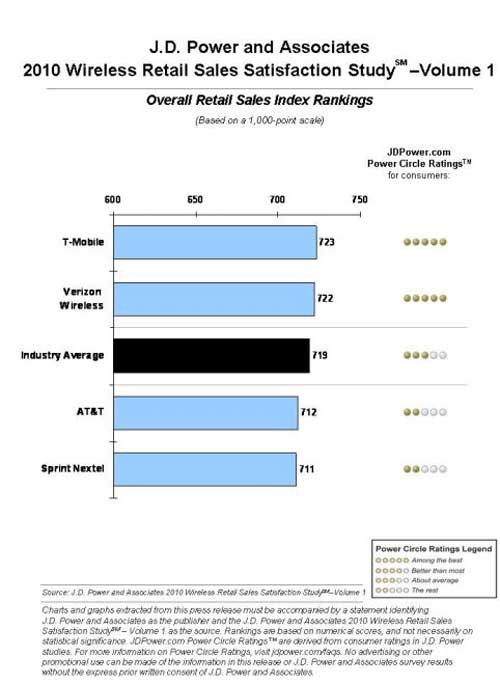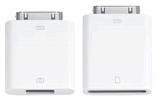More people are increasingly using their smartphones for local search, social networking and gaming, according to a new survey from Compete.
Nearly one in three smartphone owners has called or stopped into a local business after finding it using a local search application. In the first quarter, close to a third of Android and iPhone users found at least two new businesses that they previously were not aware after using local search applications.
"With the increasing popularity of local search, retailers should ensure their sites are optimized for mobile browsers," said Danielle Nohe, director, technology and entertainment for Compete.
"Making it easy for consumers to discover businesses via their devices opens local companies up to a whole new customer demographic, and savvy businesses should make sure they’re maximizing this opportunity."
Consumers are increasingly accessing social networking sites via their mobile devices. According to Compete’s findings, 33 percent of smartphone Twitter users primarily send tweets via their smartphones, and 33 percent of these consumers prefer to read tweets on their phone. Of those accessing Facebook from their smartphone, consumers are increasingly using the device to read news feeds (66 percent), post status updates (60 percent), read/reply to private messages (59 percent) and post photos (44 percent).

"Given the increasing popularity of Facebook, Twitter and other social sites, it follows that users are eager to access these outlets on their phones," said Nohe.
"Based on our findings, I recommend marketers start thinking about new ways to maximize consumers’ use of smartphones on social sites, as mobile adoption will likely only increase with time."
Over half (51%) of iPhone users have five or more games on their devices. In contrast, 46 percent of BlackBerry users have no games on their smartphones. Not only do iPhone owners download more games, they play games more frequently than do owners of other smartphones. Of the consumers surveyed, 37 percent of iPhone users report playing games on their smartphones at least daily and puzzle games seem to be capturing the majority of this attention.
"It’s evident that iPhone owners have embraced mobile gaming," commented Nohe. "Developers should turn their attention to targeting other smartphone users in an effort to even out the discrepancies in mobile gaming adoption."

 "Palm’s innovative operating system provides an ideal platform to expand HP’s mobility strategy and create a unique HP experience spanning multiple mobile connected devices,” said Todd Bradley, executive vice president, Personal Systems Group, HP. "And, Palm possesses significant IP assets and has a highly skilled team. The smartphone market is large, profitable and rapidly growing, and companies that can provide an integrated device and experience command a higher share. Advances in mobility are offering significant opportunities, and HP intends to be a leader in this market."
"Palm’s innovative operating system provides an ideal platform to expand HP’s mobility strategy and create a unique HP experience spanning multiple mobile connected devices,” said Todd Bradley, executive vice president, Personal Systems Group, HP. "And, Palm possesses significant IP assets and has a highly skilled team. The smartphone market is large, profitable and rapidly growing, and companies that can provide an integrated device and experience command a higher share. Advances in mobility are offering significant opportunities, and HP intends to be a leader in this market."














 There are various ways to use the codes to increase your sales. Here are a few:
There are various ways to use the codes to increase your sales. Here are a few:

